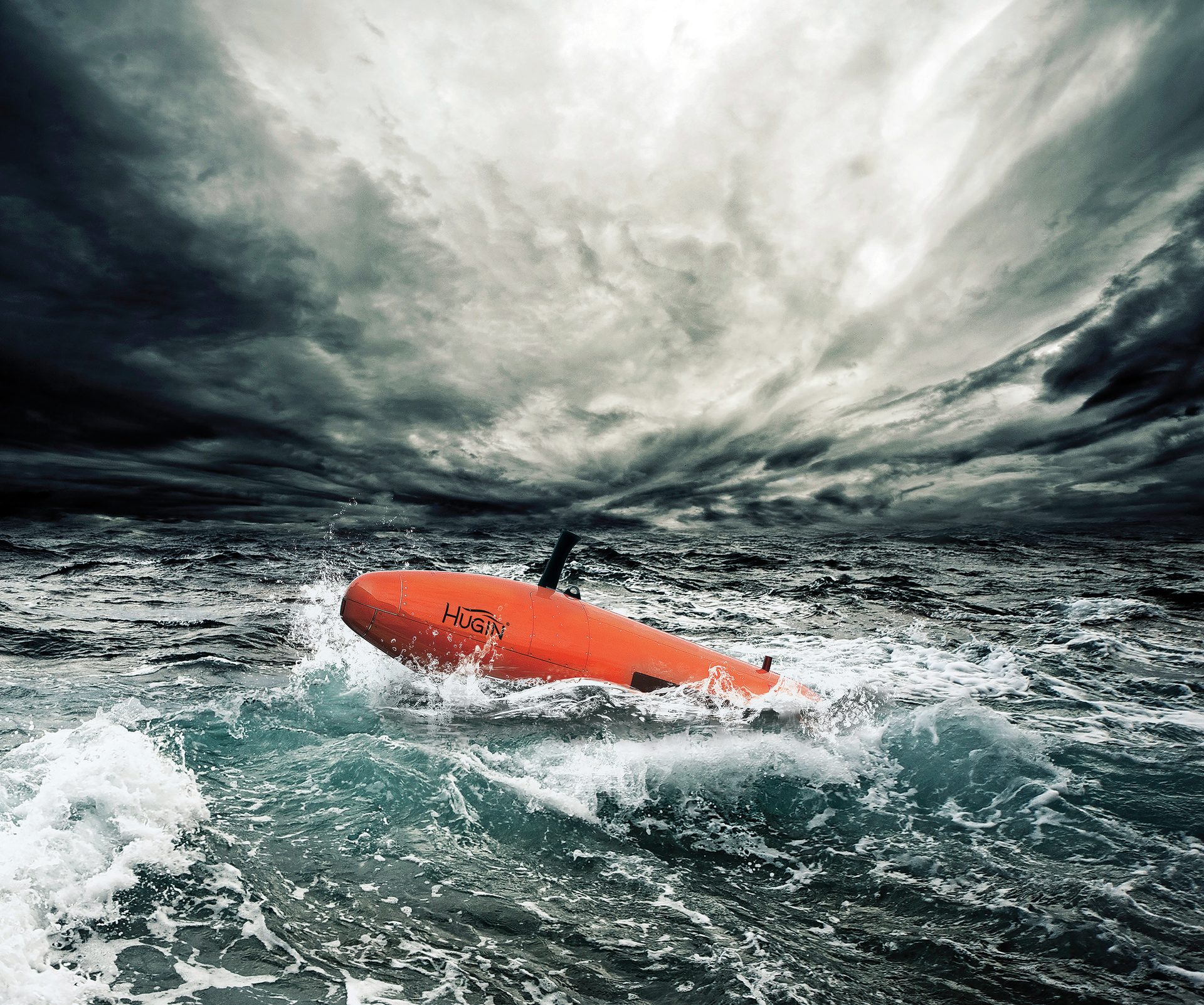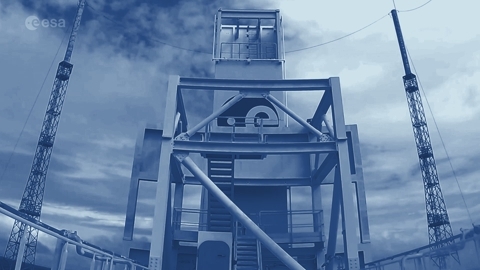
Its final destination is
Jupiter and its moons Ganymede, Callisto, and Europa.
A dry voice counts
down to the launch that will send the JUICE satellite into space.
A dry voice counts down to
the launch that will send the JUICE satellite into space.
Smoke billows from the giant side boosters of the Ariane 5 rocket.
April 14, 2023, Kourou, French Guiana:

From Kongsberg to space:
Journalist: Björn Audunn Blöndal
Photo/illustration/video: ESA | Björn Audunn Blöndal
JUICE's journey
to Jupiter
Even the smallest mistake could lead to catastrophic consequences.
They've worked tirelessly for years to ensure everything goes smoothly today.
A group of engineers
intently watch the launch on a large screen.
Meanwhile, in Kongsberg:
A group of engineers
intently watch the launch on
a large screen.
Meanwhile, in Kongsberg:
"I was wearing a heart rate monitor. I think it showed 170 beats per minute," says Sylvia Omholt, head of business development in the same division.
"I'm glad I wasn't wearing one," laughs Blandhoel.
No surprise, given the project's high stakes – both literally and financially. Kongsberg Defence & Aerospace was responsible for two critical components for this mission:
"The atmosphere in this room was electric that day," recalls Martin Blandhoel, team leader at Kongsberg Defence & Aerospace, Division Space & Surveillance.
Martin Blandhoel
Kongsberg Defence & Aerospace
Ninety-nine minutes post-launch, the next crucial phase that Kongsberg's team closely monitors begins. The two giant solar panels, totaling 85 square meters, must carefully unfold.
The panels are connected to the satellite body with a sophisticated component, a Solar Array Drive Mechanism (SADM), provided by Kongsberg Defence & Aerospace. This component manages the movement of the solar panels and the drive electronics that transfer power to the satellite. This component, the Solar Array Drive Electronics (SADE), is critical. A malfunction in these advanced components would leave ESA with an incredibly expensive but useless object drifting uncontrollably into deep space.
Exactly 132 seconds after launch, Ariane 5's two 31.6 meter-long booster rockets are released. They fall back to Earth and burn up in the atmosphere, while the main module continues into space, preparing to deploy JUICE. The two stages that secure the boosters to the main rocket are supplied by Kongsberg Defence & Aerospace.
A failure here means the rocket and its valuable cargo plummet into the North Atlantic in a phenomenal blaze.
2
1
"I have complete faith in our system and our work methods," he adds calmly.
In the JUICE project, Martin was responsible for assembling the final product and conducting the extremely rigorous testing phase.
"I also contribute to design and shaping, along with the other engineers. We work in a core team of 5-6 people and have between 10 and 15 various support functions available," he explains.
"I have to distance myself from the project's risks," says Martin.
"If I dwelled on the value of this project, I wouldn't sleep at night."
The entire JUICE operation cost a neat sum of 1.6 billion euros, roughly 18.677 billion Norwegian kroner. Enough to buy about eight brand-new Boeing 787 Dreamliners. Or approximately 19,000 well-equipped Teslas.
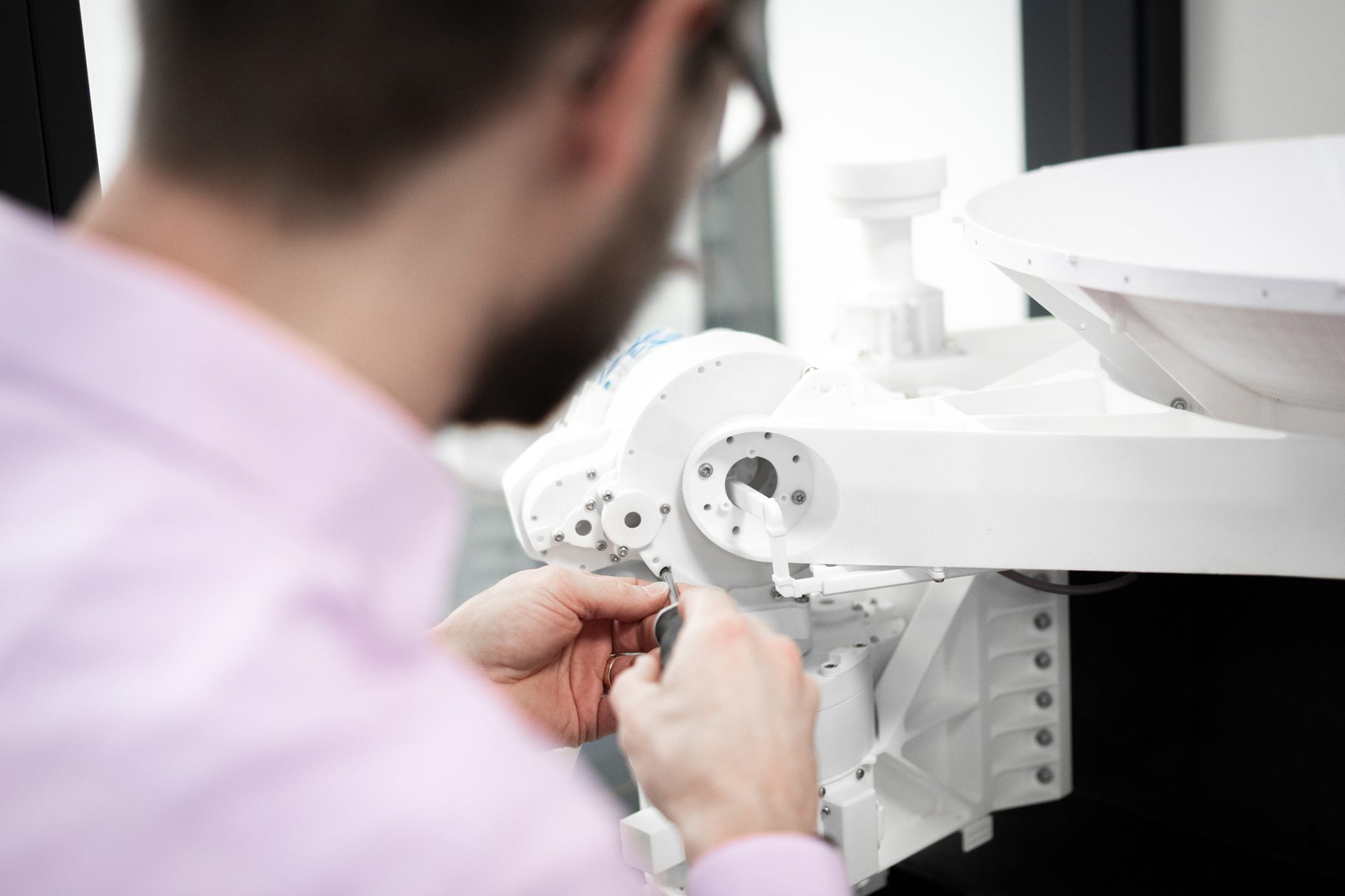

Kongsberg Defence & Aerospace
Sylvia Omholt

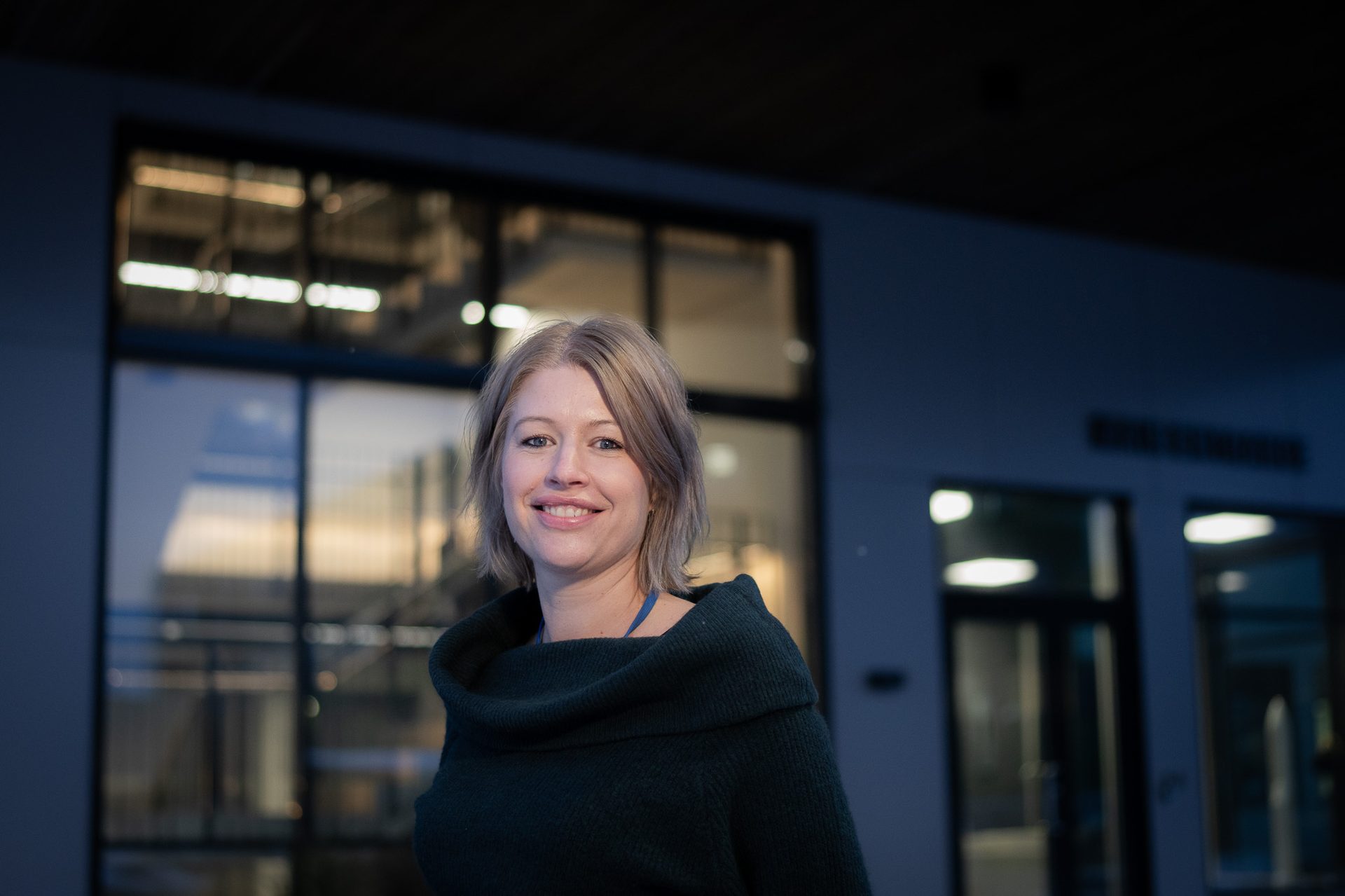
"I was wearing a heart rate monitor. I think it showed 170 beats per minute."
"Next, it undergoes a thermal vacuum test. We simply simulate the environment it will operate in – out in the icy cold of space," she continues.
In space, JUICE will face temperatures down to -230 degrees Celsius, and extreme heat up to +250 degrees Celsius as it passes Venus's atmosphere. When the satellite reaches Jupiter, it will slow down considerably. Then, the bracket for the solar panels must withstand the g-forces so they don't snap right off. They're also designed to reduce vibrations from the harsh braking.
"While we build parts, assemble, and test the product, we work in a completely clean environment. We call it the cleanroom . Before entering, we change clothes, use face masks and hair nets. We have instruments measuring air particles at a molecular level," she adds.
"First, we subject the components to a vibration test to show that the product can withstand the extreme vibrations at launch," Omholt explains.
"We use a 'shaker,' a kind of table that exposes the product to similar vibrations it will undergo when shot into space. The forces at play during a rocket launch are immense," she adds.
Then comes a shock test.
The side rockets are detached by a small explosion to break the supporting stages holding them to the main rocket. Thus, the satellite and all equipment must demonstrably withstand this – with a very good margin.
"This is a meticulous job requiring a certain form of stamina," Omholt says.
For Kongsberg, the JUICE project began in 2016. In 2023, the parts were transported to Germany for assembly on the finished satellite, before being sent across the Atlantic to French Guiana.
"Moreover, it takes a full eight years before JUICE reaches Jupiter's atmosphere where it will orbit Jupiter and three of its moons," she says.
JUICE is expected to arrive at Jupiter in 2032. Then, all sensors and measuring devices will awaken, ready to collect data from the Jupiter system like never before.
Tested to the extreme
Requires stamina


Et av de overordnede målene til JUICE er å vurdere habitabiliteten – evnen en planet har til å støtte liv – til disse isete verdenene. Ved å studere deres kjemiske og fysiske forhold, sikter JUICE til å utvide vår forståelse av potensialet for liv utenfor Jorden.
JUICE er utrustet med 10 toppmoderne vitenskapelige instrumenter, inkludert kameraer, spektrometre, en radar, et magnetometer og sensorer for plasma og partikler, og er dermed godt utstyrt for å gjennomføre omfattende studier og bidra betydelig til vår forståelse av Jupitersystemet.
Sjansen for liv
Her er noen av målingene som blir gjort:

One of JUICE's overarching goals is to assess the habitability – the ability of a planet to support life – of these icy worlds. By studying their chemical and physical conditions, JUICE aims to expand our understanding of the potential for life beyond Earth.
JUICE is equipped with 10 state-of-the-art scientific instruments, including cameras, spectrometers, a radar, a magnetometer, and plasma and particle sensors, making it well-suited for comprehensive studies and significantly contributing to our understanding of the Jupiter system.
Searching for life
Here are some of the measurements being made:
Due to its long expedition time and all the scientific instruments on board, JUICE is a relatively large satellite. It measures 4m x 3m x 5m and weighs about 5,300 kg. The wingspan of the carbon-reinforced solar panels is an impressive 27 meters, equivalent to the length of a basketball court.
The reason JUICE needs such large solar panels – in floor space equivalent to a spacious Oslo apartment – is due to the vast distance from the sun to Jupiter. The farther from the sun, the less energy the panels can generate from the precious rays. The sunlight is 25 times weaker compared to Earth.
It's not until 2031 that JUICE arrives at the Jupiter system, and the engineering team will again gather in front of the large screen showing the first transmitted images from Jupiter.
"Being part of projects at this level is one of the coolest things we can ever imagine," they express.
"We almost forget it ourselves, but we actually sit here in Kongsberg producing critical equipment for the space industry. And we are world leading in what we do. It's incredibly fun," he says.
"The coolest thing we can ever imagine"
"What drives us here is working on something special – something not many others work on."
Martin Blandhoel.
Ganymedes er den største månen i solsystemet og er faktisk større enn planeten Merkur. Den har en tykk iskappe som dekker et hav med flytende vann under overflaten. Ganymedes er også kjent for sine mange kratere og fjellformasjoner. Dette er den første månen Juice kommer til å fly forbi, og på mange måter Juice sitt hovedmål. Juice ankommer Ganymedes i juli 2031.
Ganymedes
Jupiters måner
12
Jupiters isete måner er av stor interesse for forskere da de kan inneholde viktige spor av liv eller ha forholdene som er nødvendige for liv. Ved å studere disse månene kan vi få en økt forståelse av hvordan planeter dannes og om muligheten for liv i vårt eget solsystem.
Her er de tre månene som Juice skal hente data fra:
Callisto er den tredje største månen i solsystemet og har en overflate som er dekket av kratere. Forskere tror Callisto har den eldste, uberørte overflaten av alle månene og dermed kan si noe om Jupiter og dens måners tidlige utvikling. Månen har også spor av is og vann, og det er mulig at det kan finnes flytende saltvann under overflaten. Juice passerer denne i juli 2032.
Callisto

21

12
Europa er bare bittelitt mindre enn vår egen måne, og er ansett å være en av de mest interessante månene rundt Jupiter når det gjelder potensialet for liv. Den har en ung, aktiv og glatt overflate dekket av is. Og det er nettopp den glatte overflaten som kan være en indikasjon på et globalt flytende hav under isen. Europa har også sprukne formasjoner og geysirer som kan inneholde livsviktige kjemikalier. Juice passerer denne i juli 2032.
Europa

2
Ganymede is the largest moon in the solar system and is larger than the planet Mercury. It has a thick ice cap covering an ocean of liquid water beneath the surface. Ganymede is also known for its many craters and mountain formations. This is the first moon JUICE will pass by, and in many ways, JUICE's main objective. JUICE arrives at Ganymede in July 2031.
Ganymedes
Jupiter's Moons
12
Jupiter's icy moons are of great interest to scientists as they may contain vital clues to life or possess the conditions necessary for life. Studying these moons could enhance our understanding of how planets form and the possibility of life in our own solar system.
Here are the three moons that JUICE will gather data from:
Callisto is the third largest moon in the solar system and has a surface covered in craters. Scientists believe Callisto has the oldest, untouched surface of all the moons, thus providing insights into the early development of Jupiter and its moons. The moon also has traces of ice and water, and there might be liquid saltwater beneath the surface. JUICE passes this moon in July 2032.
Callisto

21

12
Europa is just slightly smaller than our own moon and is considered one of the most intriguing moons around Jupiter in terms of potential for life. It has a young, active, and smooth surface covered in ice. The smooth surface may indicate a global liquid ocean under the ice. Europa also has cracked formations and geysers that may contain life-sustaining chemicals. JUICE passes this moon in July 2032.
Europa

2

About JUICE
JUICE will conduct detailed observations of Jupiter and the three major ocean-bearing moons Ganymede, Callisto, and Europa. The goal is to map these moons and investigate whether they can be habitats for life. The satellite will also study Jupiter's complex environment and explore the broader Jupiter system to gain more knowledge about other gas giants in the universe.
JUICE is packed with advanced technology and a variety of instruments to conduct different observations and measurements. In fact, JUICE is one of the heaviest interplanetary probes ever sent out, and it carries the largest collection of scientific instruments ever flown to Jupiter.
The satellite must function flawlessly under extremely harsh conditions: relentless radioactive radiation, temperatures ranging from a freezing -250 to +230 degrees Celsius, and strong mechanical impacts.
Kongsberg Gruppen has also delivered the solar panels that will power the satellite throughout the entire expedition – even when it is hundreds of millions of kilometers from the sun.
Kongsberg Gruppen has supplied the stages that attach the side rockets to Ariane 5 - the main rocket that will lift the satellite into the atmosphere. Kongsberg Defence and Aerospace has provided the electronics that ensure the huge solar panel, spanning 85 square meters, turns towards the sun when the satellite needs power – and away from the sun when the temperature gets too high, like when it passes Venus.
JUICE stands for Jupiter Icy Moons Explorer. The satellite is now en route to space to explore Jupiter and its moons. It is expected to arrive at Jupiter in June 2031. The satellite is part of a collaborative project between the European Space Agency (ESA) and several national space organizations.
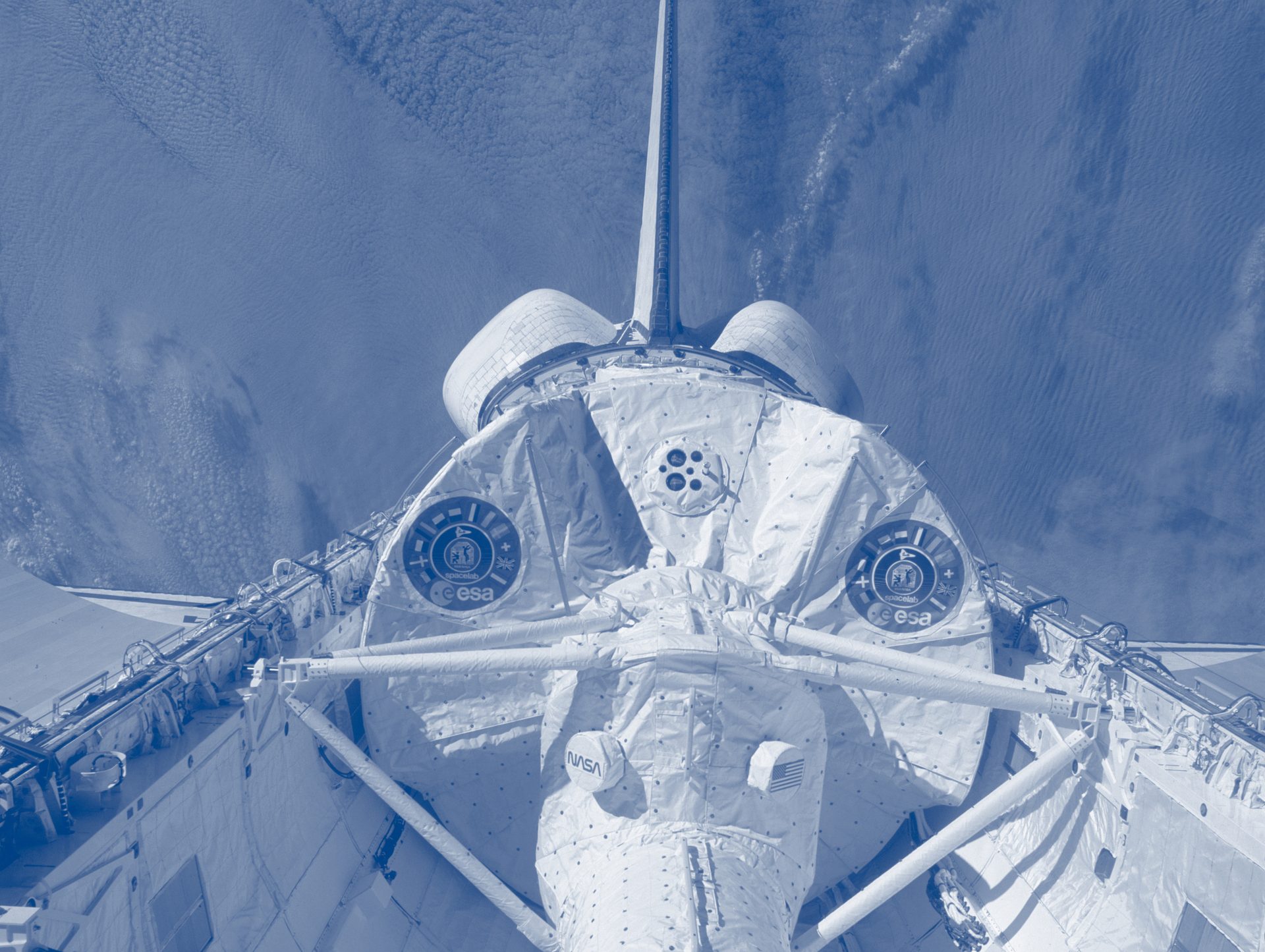
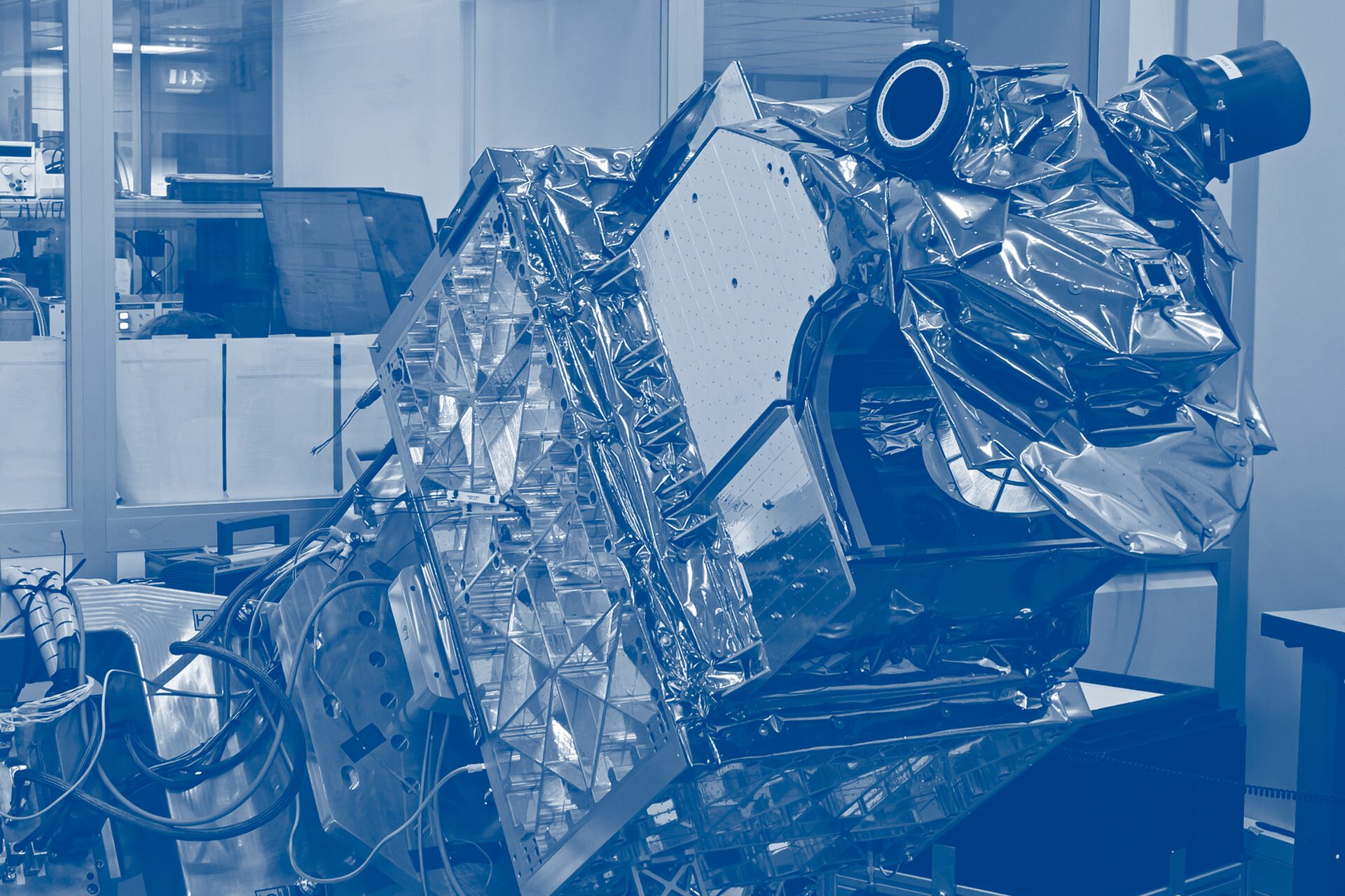
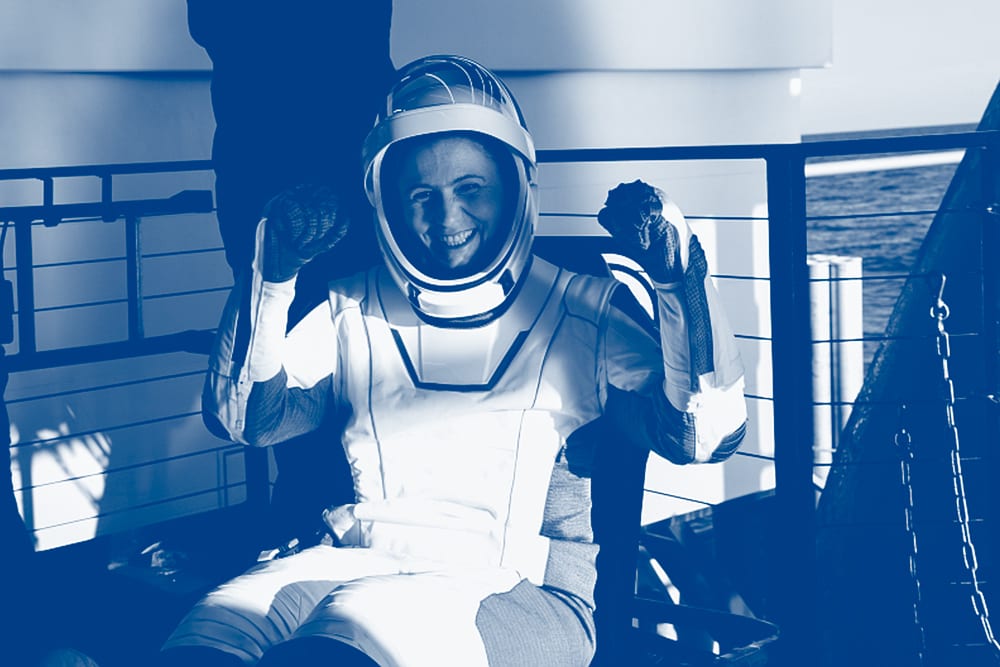
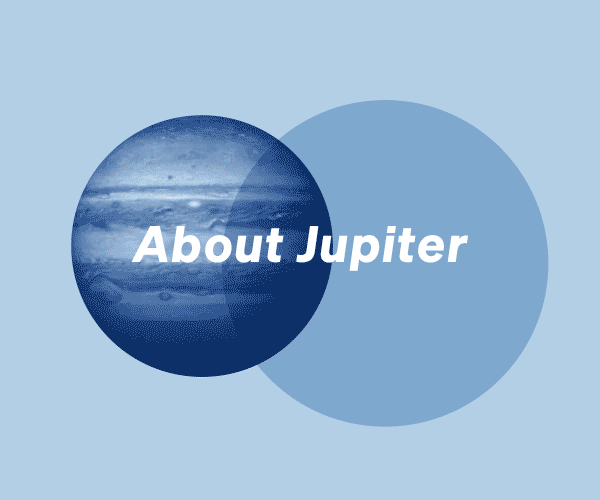
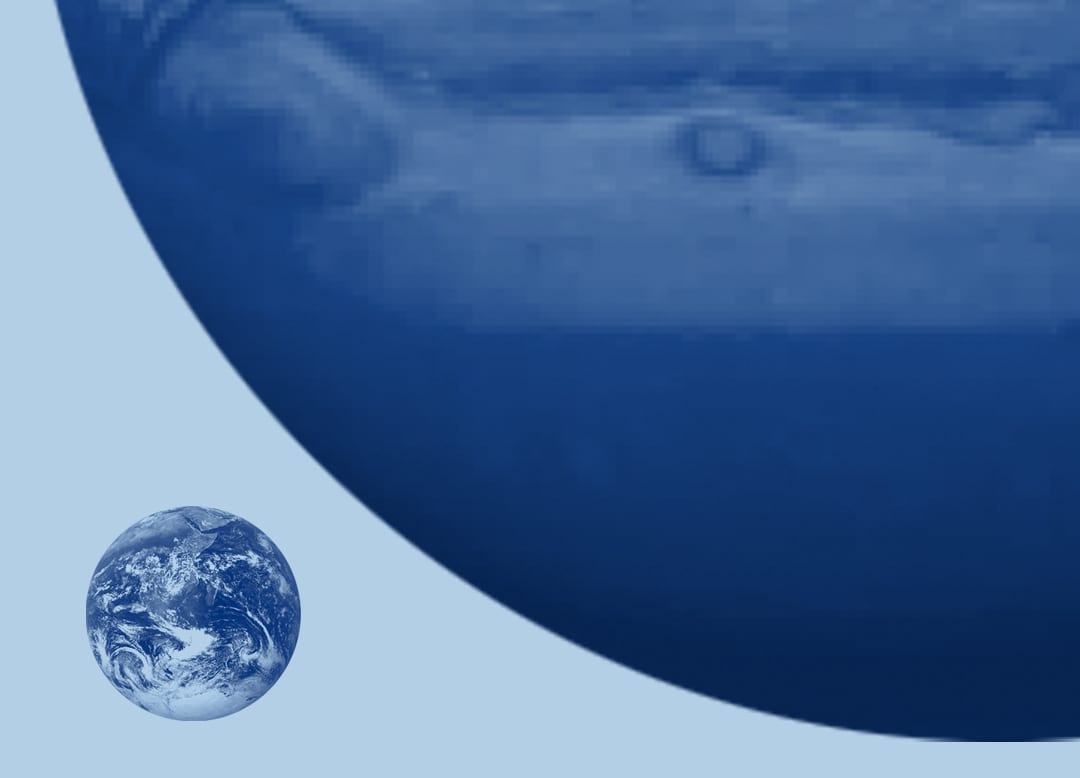
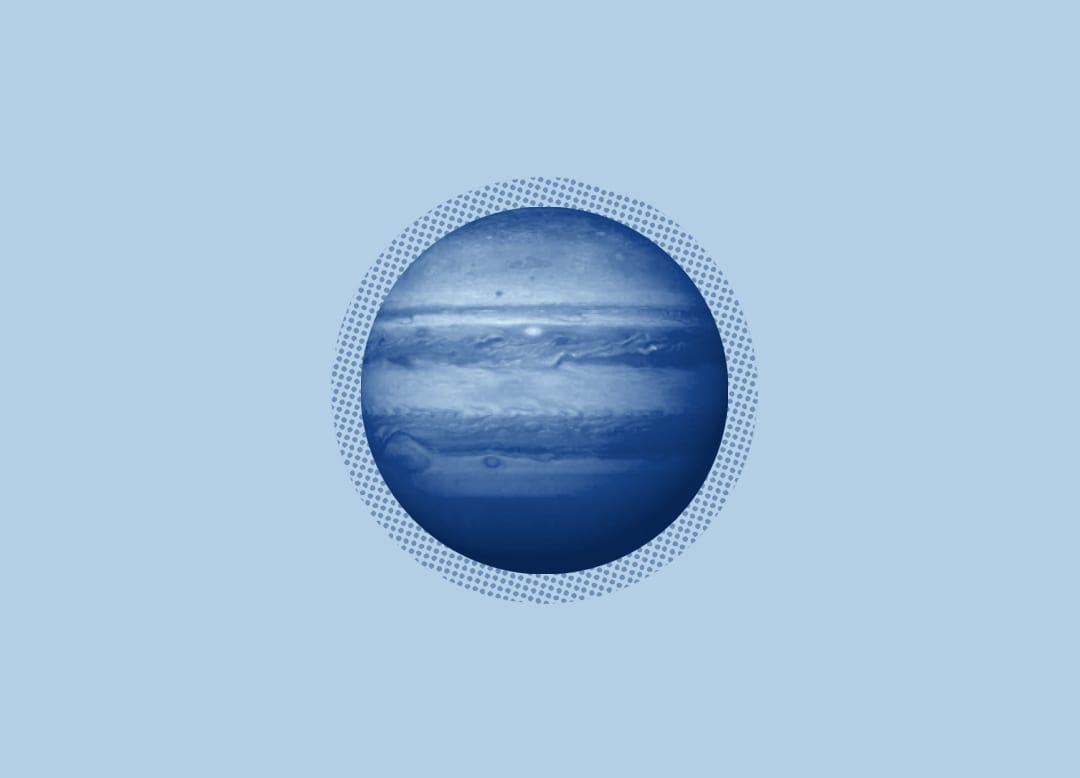
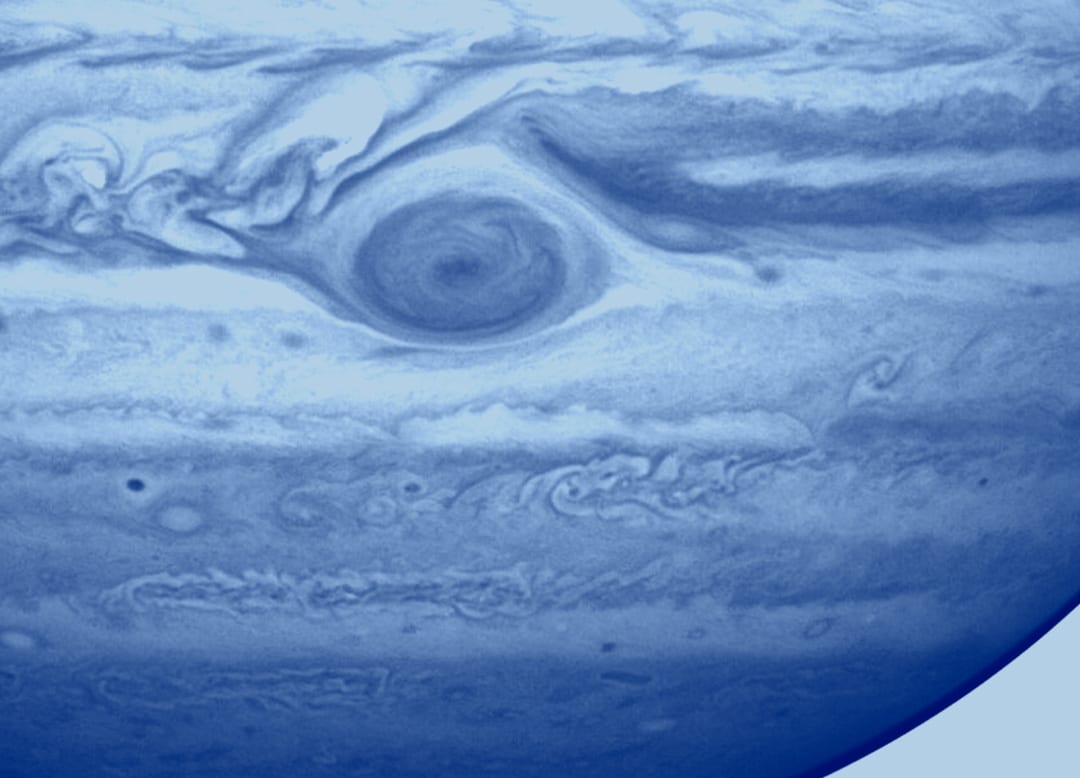
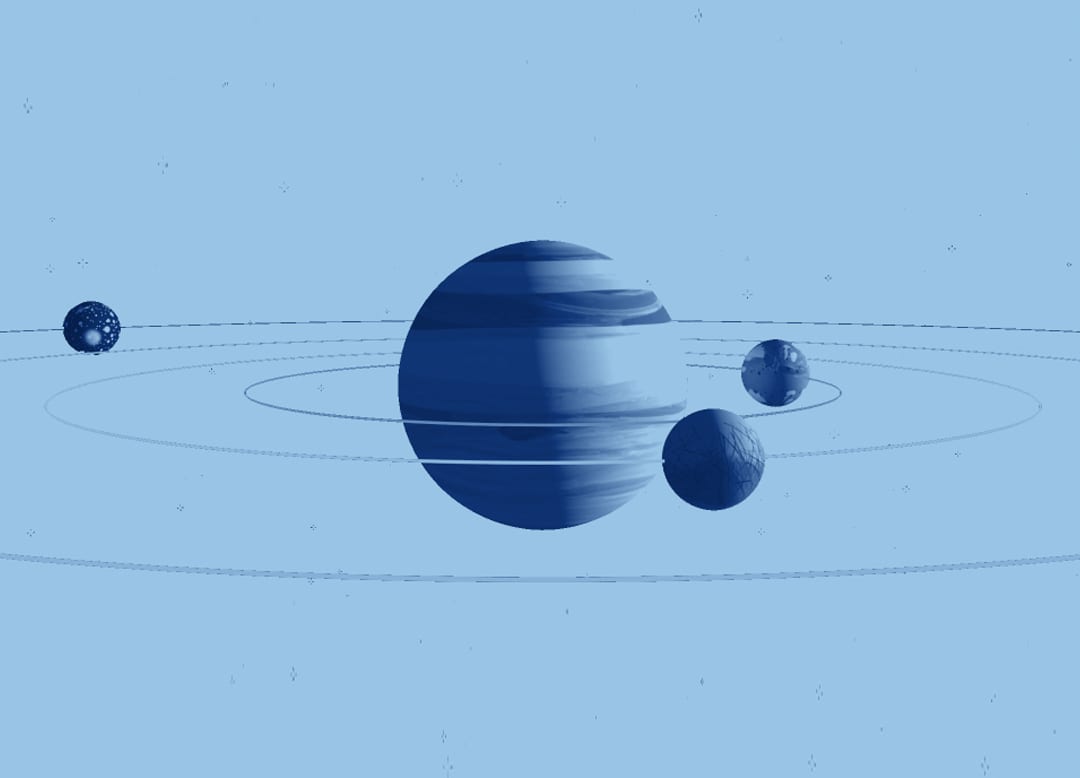
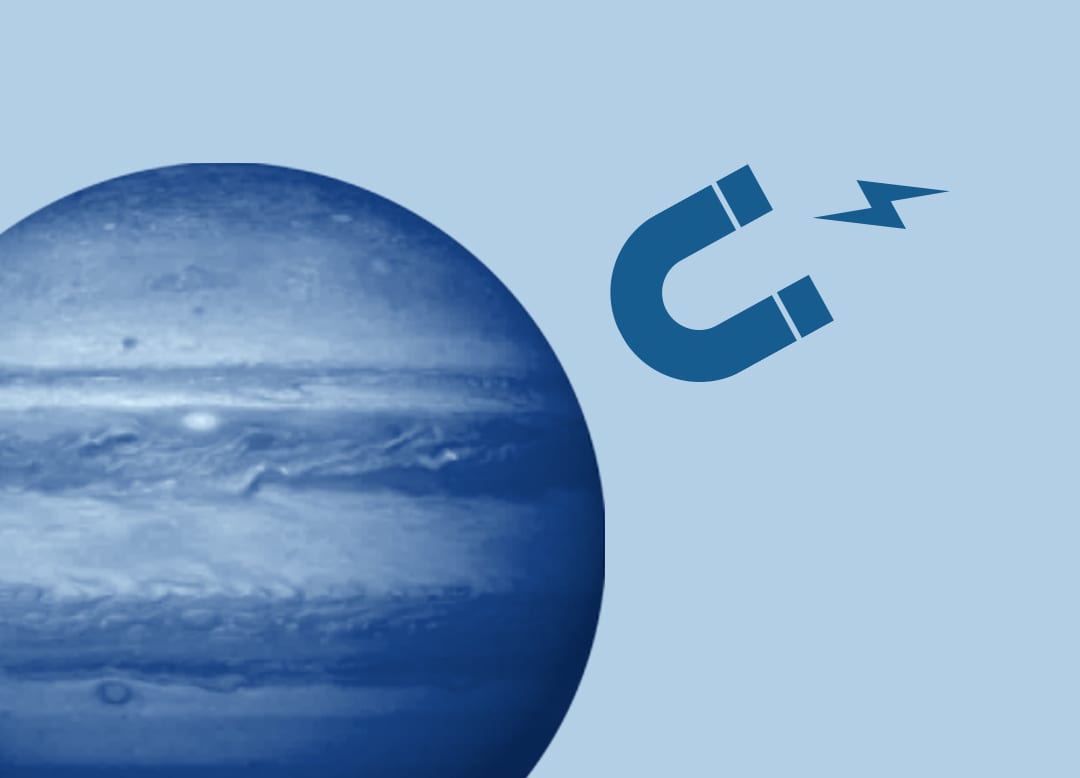
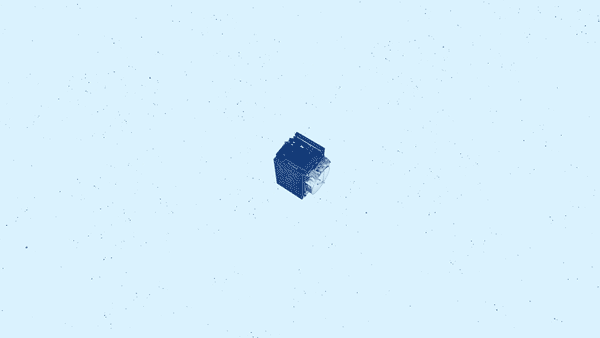
More stories from Kongsberg Gruppen




– Det gir oss muligheten til å ta pulsen på jorda
– Det gir oss muligheten til å ta pulsen på jorda
– Et industrieventyr gjennom 200 år
– Hvis du er opptatt av det nyeste innen robotikk, er dette stedet





